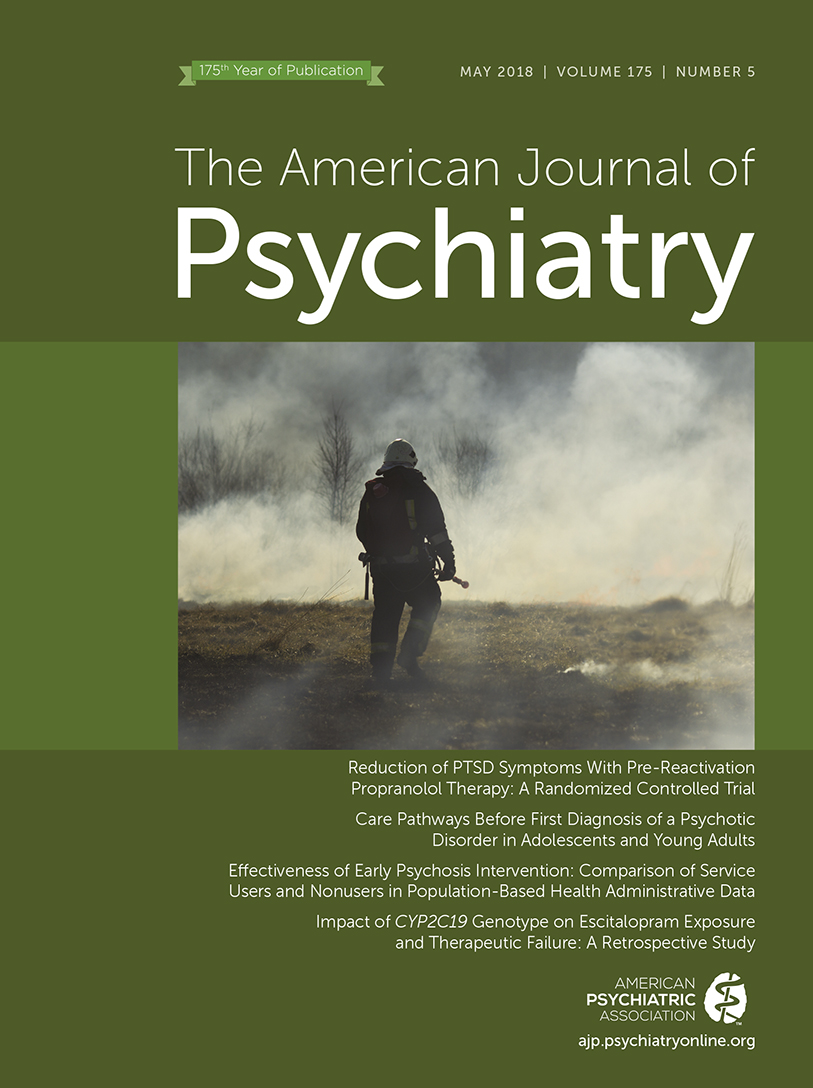Early Intervention in Bipolar Disorder
Abstract
Bipolar disorder is a recurrent disorder that affects more than 1% of the world population and usually has its onset during youth. Its chronic course is associated with high rates of morbidity and mortality, making bipolar disorder one of the main causes of disability among young and working-age people. The implementation of early intervention strategies may help to change the outcome of the illness and avert potentially irreversible harm to patients with bipolar disorder, as early phases may be more responsive to treatment and may need less aggressive therapies. Early intervention in bipolar disorder is gaining momentum. Current evidence emerging from longitudinal studies indicates that parental early-onset bipolar disorder is the most consistent risk factor for bipolar disorder. Longitudinal studies also indicate that a full-blown manic episode is often preceded by a variety of prodromal symptoms, particularly subsyndromal manic symptoms, therefore supporting the existence of an at-risk state in bipolar disorder that could be targeted through early intervention. There are also identifiable risk factors that influence the course of bipolar disorder, some of them potentially modifiable. Valid biomarkers or diagnosis tools to help clinicians identify individuals at high risk of conversion to bipolar disorder are still lacking, although there are some promising early results. Pending more solid evidence on the best treatment strategy in early phases of bipolar disorder, physicians should carefully weigh the risks and benefits of each intervention. Further studies will provide the evidence needed to finish shaping the concept of early intervention.
AJP AT 175 Remembering Our Past As We Envision Our Future
April 1925: Interpretations of Manic-Depressive Phases
Earl Bond and G.E. Partridge reviewed a number of patients with manic-depressive illness in search of a unifying endo-psychic conflict. They concluded that understanding either phase of illness was “elusive” and “tantalizing beyond reach.” (Am J Psychiatry 1925: 81: 643–662)



